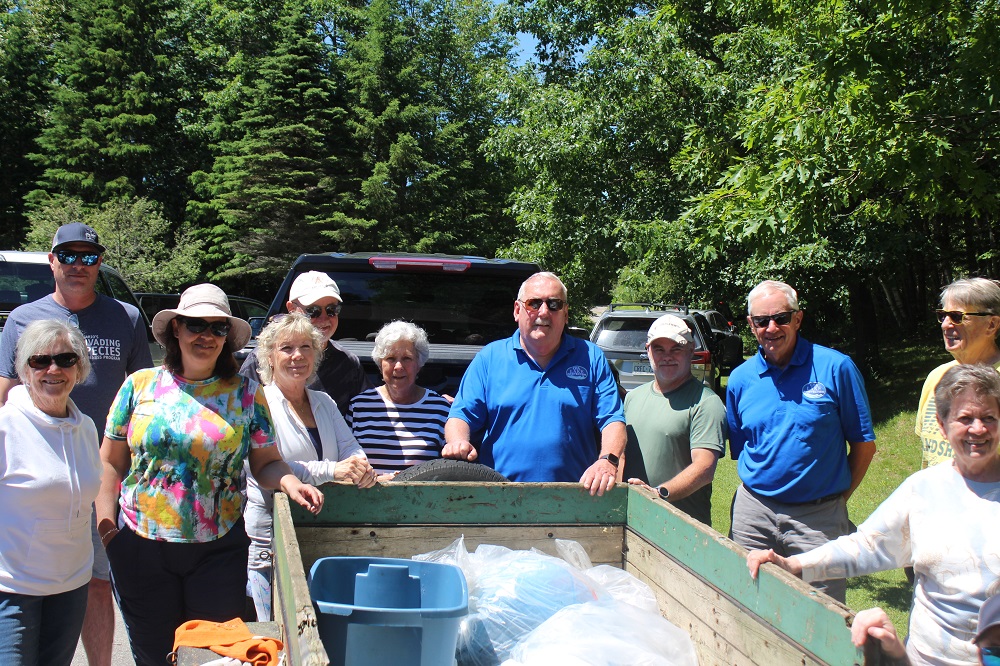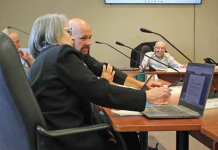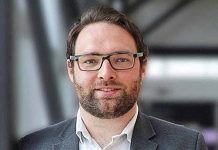It wasn’t the Chinook salmon, or invasive carp, that got Haliburton County volunteers riled up about contamination in its water bodies, but an invasive snail species called the Chinese mystery snail.
The one millionth invasive snail was removed from a cottage in Minden Hills June 15.
Invasive snails damage fish populations, are harmful because of what they eat in lakes, and outcompete native species.
Paul MacInnes, the chair of The Coalition of Haliburton Property Owners’ Associations (CHA), said, “the growth rate is exponential. If you don’t keep them under control with a program like this, pretty soon you won’t be able to swim in your lakes, because they’ll just be so thick that the dead ones will surround you.”
The snails are originally from Asia, and have worked their way into County lakes by people not washing and drying their boats properly before they move them from one lake to another.
The celebration marked a significant environmental milestone, and volunteers and members of the Ontario Invading Species Awareness Program were present at South Lake for it. MacInnes and Brook Schryer, the assistant coordinator with the Ontario Invading Species Awareness Program, said community involvement was paramount to getting the one millionth snail removed. It represents a collective effort in removal and preservation of the lake ecosystem.
Volunteers properly collect and identify the invasive mystery snails, document and report their location, and properly dispose of the snails while following decontamination protocols.
The Ministry of Natural Resources partnered with the CHA to give them the license in order to get rid of the snails, while the Ontario Federation of Anglers and Hunters (OFAH) collaborated with the CHA to come up with a plan to remove them.
Schryer said it’s not just about the removal and management of the snails, it’s also about the education component and building community.
“We can put in hundreds of hours of work, and the goal here is not going to be eradication… In this circumstance, it wasn’t about eradication, it was creating a sense of community to combat a common goal, and also giving these people the agency to remove these things.”





